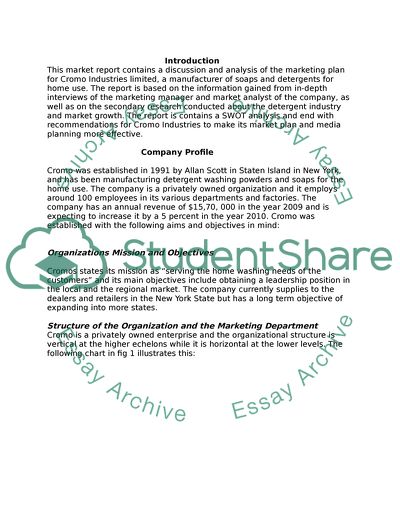Cite this document
(Marketing Strategy at Cromo Industries ltd Term Paper, n.d.)
Marketing Strategy at Cromo Industries ltd Term Paper. Retrieved from https://studentshare.org/marketing/1744663-business-marketing-assessment
Marketing Strategy at Cromo Industries ltd Term Paper. Retrieved from https://studentshare.org/marketing/1744663-business-marketing-assessment
(Marketing Strategy at Cromo Industries Ltd Term Paper)
Marketing Strategy at Cromo Industries Ltd Term Paper. https://studentshare.org/marketing/1744663-business-marketing-assessment.
Marketing Strategy at Cromo Industries Ltd Term Paper. https://studentshare.org/marketing/1744663-business-marketing-assessment.
“Marketing Strategy at Cromo Industries Ltd Term Paper”, n.d. https://studentshare.org/marketing/1744663-business-marketing-assessment.


